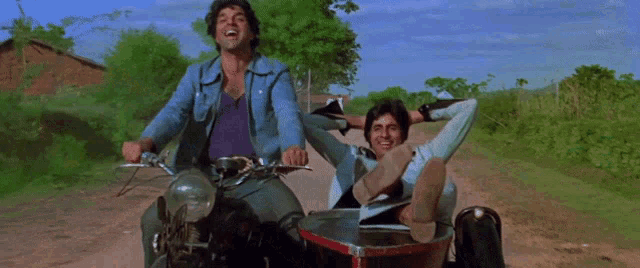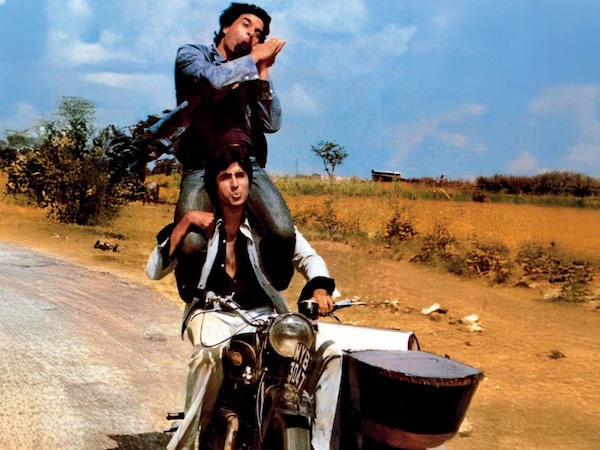Indian cinema has created countless memorable moments but few props have achieved the iconic status of the motorcycle ridden by Dharmendra and Amitabh Bachchan in Sholay. With Dharmendra’s recent passing, nostalgia surrounding the legendary bike has intensified, drawing fans back to the charm and friendship the film celebrated. This renewed emotion has given fresh life to one of Bollywood’s most recognisable on-screen machines.

The motorcycle, actually a 1942 BSA WM20, famously appeared in the beloved song Yeh Dosti Hum Nahi Todenge. Now, more than eight decades after it was built, the vintage bike is once again attracting attention, this time at the International Film Festival of India (IFFI 2025) in Goa. The Karnataka Department of Information and Public Relations has placed the bike on special display, turning it into a centerpiece of remembrance. Following Dharmendra’s d*ath on November 24, the display has taken on added meaning, becoming a symbol of his legacy and enduring appeal.

According to reports, DIPR Commissioner and ADGP Hemant Nimbalkar said that as part of celebrating 50 years of Sholay, the idea was to showcase an object that would immediately transport viewers back into the world of the film. He explained that the original bike, the same one shot in Sholay, was acquired about three years ago by LK Atiq, former Additional Chief Secretary of Bengaluru and Chairperson of the Bengaluru Business Corridor. Before that, the motorcycle had remained within a Karnataka family for generations, passed down from grandfather to grandson as a treasured heirloom.

Manufactured by the British company Birmingham Small Arms, the BSA WM20 was produced in large numbers for the British Army during World War II. The bike used in Sholay carries the registration number MYB 3047, with chassis number M20 116283 and engine number M20 4299. Powered by a 500cc single-cylinder side-valve engine that generated 12.5 horsepower, it could reach speeds of up to 100 km/h, though it performed best at around 55–60 km/h during military use. In 1942, the British Army purchased this model for around 50 to 60 pounds — roughly equivalent to ₹700 to ₹800 at the time.

Weighing 170 kilograms and equipped with a 13-litre fuel tank, the motorcycle featured girder forks, a sturdy rear carrier and drum brakes on both wheels. Due to wartime rubber shortages, its handlebars and footrests were designed using metal wrapped in canvas.
Today, this historic machine stands not just as a film prop but as a living memory of Sholay, Dharmendra and an era that continues to define Indian cinema.




